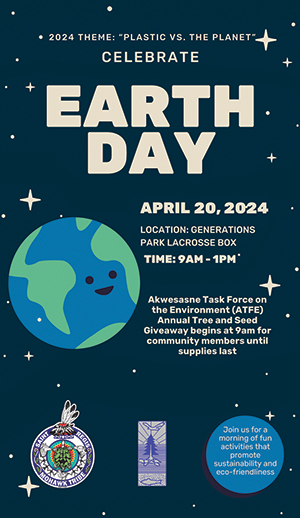Confederacy Takes in Many Nations: We Are Many Peoples
By Doug George-Kanentiio
“I think no institutional achievement of mankind exceeds it (the Confederacy) in either wisdom or intelligence” John Collier, US Commissioner of Indian Affairs 1933-1945
One of the great things the Rotinonshonni Confederacy h...
For access to this article please
sign in or
subscribe.




Reader Comments(0)